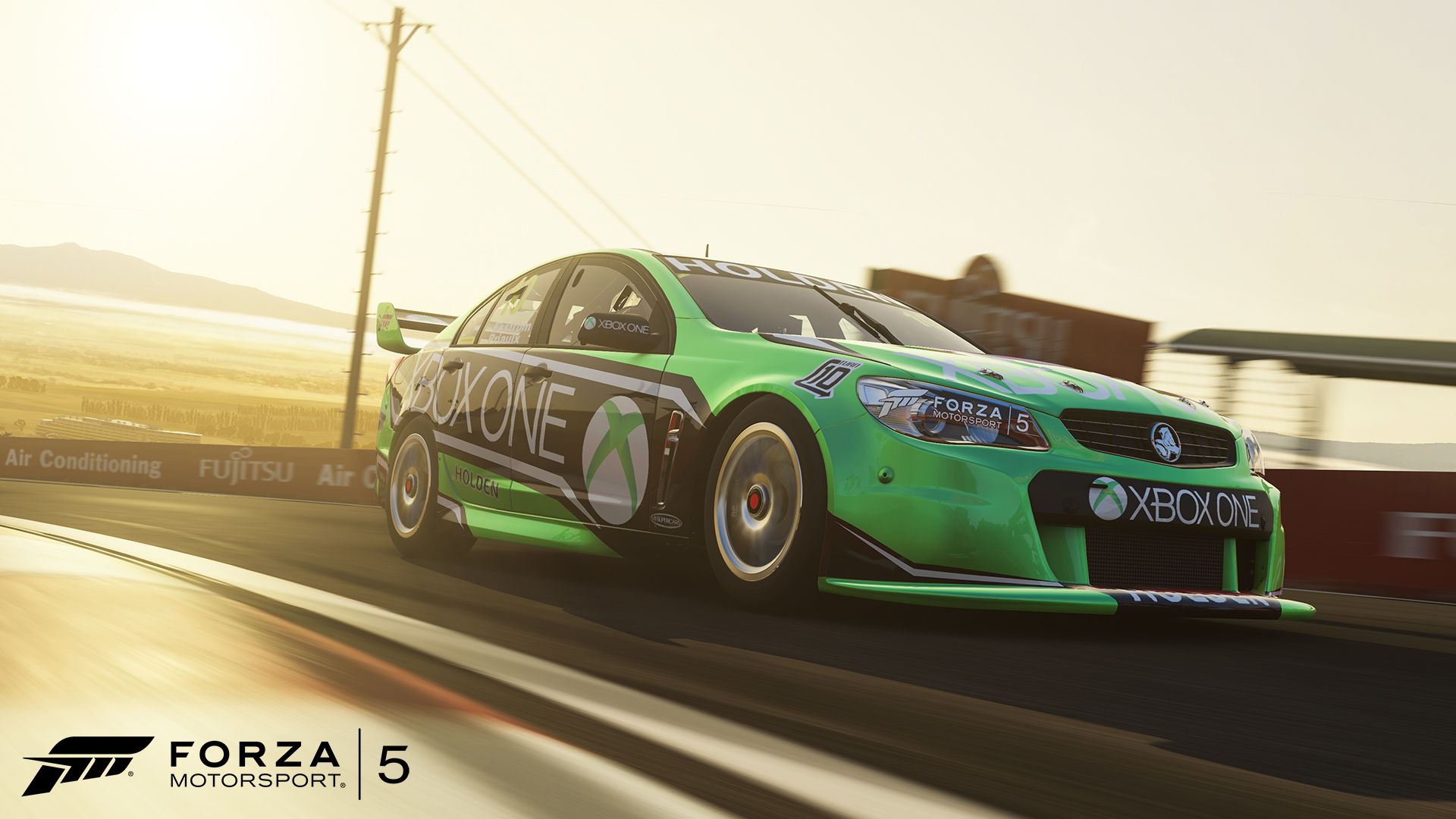
Race The Stig’s Digital Cousin in the “Forza Motorsport 5” Top Gear Car Pack
World-renowned TV show “Top Gear” and “Forza Motorsport 5” have teamed up to deliver an all-new car pack for the critically acclaimed Xbox One racing title, featuring ten stunning vehicles for players to collect, race, and customize – all built from the ground up for the new generation.
The Top Gear Car Pack (included as part of the “Forza Motorsport 5” Car Pass), available today for $9.99USD includes all ten cars, including the bonus 2013 Holden #10 Xbox Racing Team Commodore VF – all of which are immediately accessible in your “Forza Motorsport 5” garage. Each car can also be individually purchased, a la carte, via the Xbox Live marketplace.

Launching in 1977 as a conventional motoring magazine program, Top Gear has become the world’s most widely distributed factual TV show and is an automotive entertainment powerhouse. Top Gear is also home to their “tame racing driver” The Stig, whose true identity remains unknown, but what we do know is that he puts down blisteringly fast laps on the Top Gear Test Track in Dunsfold, England. Beginning April 1, Fans will have the chance to pit their driving skills against The Stig’s “Digital Cousin” in an all-new Rivals event set on the iconic Bathurst Circuit at Mount Panorama, Australia. Take to the track in the 2013 Holden #10 Xbox Racing Team Commodore VF, push as hard as you can to set your best time possible and try to beat the Stig’s Digital Cousin. Some say this one can be beaten!

Upon successfully completing this Rivals event, all participants will receive an in-game credit reward. Additional prizes will be awarded to those who finish in the Top 10, including a special Stig Prize Pack from “Top Gear” for the top winner.
The Stig’s Digital Cousin will be racing under the Gamertag “Stigs Digi Cuz”. To enter this Rivals event you must own the “Forza Motorsport 5” Top Gear Car Pack DLC. You can access the Challenge rules here.
Now let’s see what’s under the hood of the ten cars in this month’s Top Gear Car Pack:
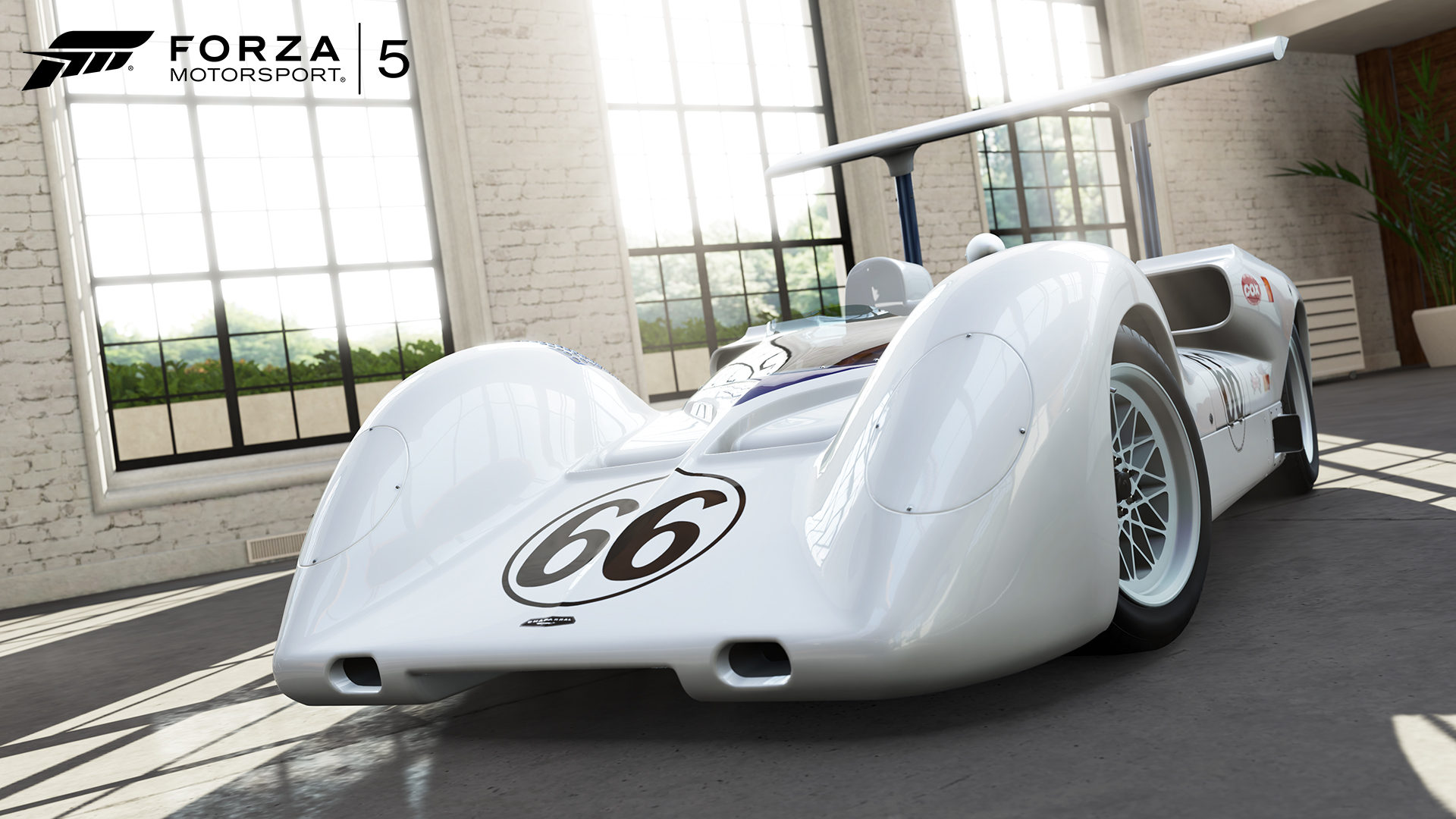
1966 Chaparral #66 2E
The Chaparral 2E’s influence on race car design is profound, perhaps more so than any other car of its era. The 2E was the first car to be designed from the ground up to take full advantage of downforce. In addition to its ducted nose, which channeled air to maximize grip, it had a massive wing that measured four feet, six inches from the body and was mounted directly to the rear suspension uprights. This concept took the load off the chassis and put it directly on the hubs. The wing could be flattened out as speed increased via a pedal that lived where most cars had a clutch. This leads us to another innovation of the 2E. Thanks to a backdoor relationship with GM, Chaparral’s owner Jim Hall had access to a number of cutting-edge semi-automatic transaxles, leaving the driver’s left foot available to operate the wing. Chaparrals won many races in their time, including at Sebring, the Nürburgring 1000, and, later, the Indianapolis 500. The 2E was competitive and won at Laguna Seca in 1966 with legendary driver Phil Hill at the wheel. Trading weight for power, the 2E utilized an all-aluminum 5.3-liter Chevrolet V8, compared to the six- and seven-liter iron block engines run by other teams. These innovations in aerodynamics and engineering propelled the competition to experiment with adjustable wings until several accidents forced adjustable wings to be banned from racing at the time. All six original Chaparral 2Es are still owned by Jim Hall, although replicas are now being produced.
2013 Holden #10 Xbox Racing Team Commodore VF
Andy Priaulx and Mattias Ekström drove the #10 to a stunning top-ten finish in the 2013 Bathurst 1000 and achieved the best wildcard finish in Australian motorsport history. The Triple Eight Racing-built Commodore VF was a wildcard entry and worked up from 18th in the starting order to lead the race for a total of 17 laps. The Xbox One Racing Team was formed with championship-winning Triple Eight Race Engineering for this one-off race effort to celebrate the addition of Bathurst race track to Forza Motorsport 5. The fact that the car – and its drivers – surprised everyone with their performance added to the spectacle of what is one of the world’s most difficult endurance races.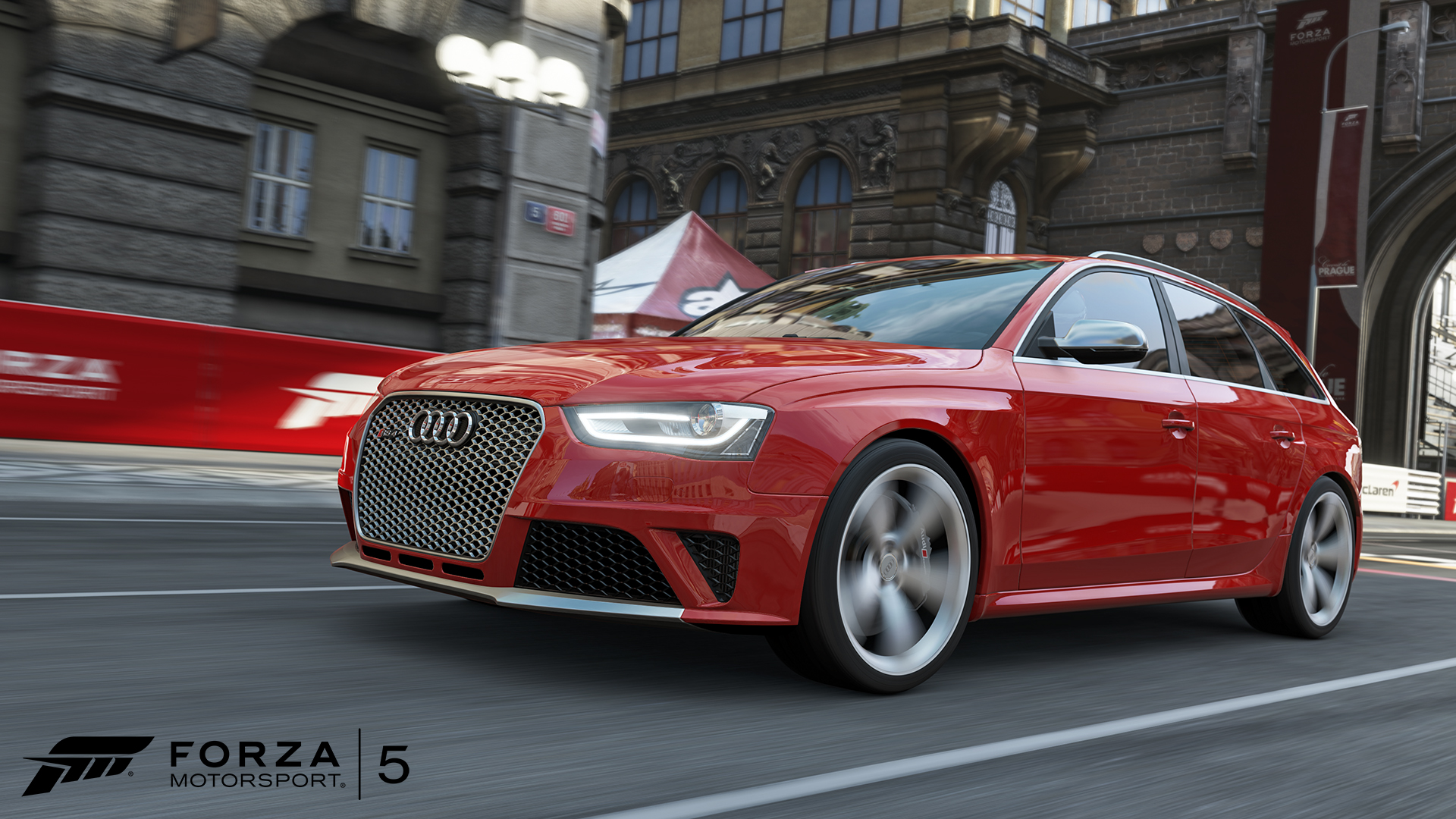
2013 Audi RS4 Avant
Take an RS4 Coupe, add three doors and what do you get? Quite obviously you get the most incredible performing estate on the market, and enough thrill factor to make even the most prodigious family man smile at the thought of a trip to grandma’s house. Even with 2.5 kids, the family dog, and a weekend’s worth of snacks loaded up, the RS4 Avant will blow the doors off of most anything it encounters short of a supercar. The rich and silky rasp of this 4.2-liter V8 as it approaches a vivacious 8,500 RPM redline is an audible wonder. This is a wagon that will eat M3s as it barks through each gear of its seven-speed, dual-clutch transmission. Sure, it’s a wagon, but one look at the huge air intakes up front and its sweeping graceful form and distinctive RS4 badging will attract attention from anyone who appreciates the notion of practicality being outmatched by performance.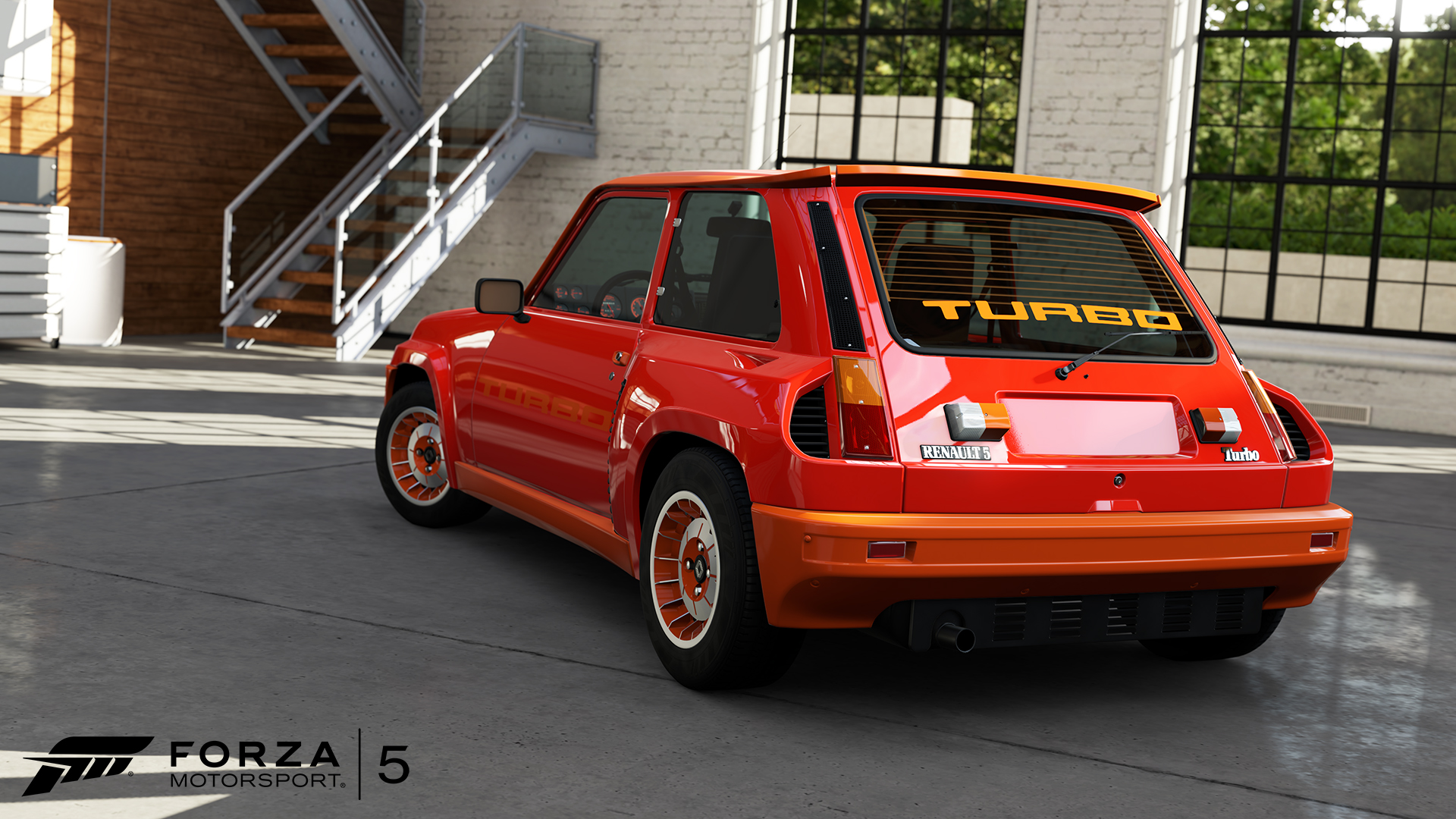
1980 Renault 5 Turbo
The 5 Turbo was a shock to the world when it debuted as Renault’s challenge to the exotic rally machinery fielded by Lancia. Taking a different tack entirely from the Ferrari-powered, wild-looking Stratos, Renault looked through its stable of cars and picked out one of the smallest and least powerful, the 5 supermini. A miniature skunkworks team of Renault-Alpine engineers oversaw the transformation from ultra-compact urban car to a mid-engined, box-flared rally monster. Those flares (and other external styling clues) were the work of Marcello Gandini, better known for his masterpiece, the Lamborghini Countach LP400. Sitting back where the passenger seats used to be is a turbocharged 1.4-liter four-cylinder with nearly double its original output — 155 horsepower in street trim, and far more on the rally courses of Europe. Considering its humble roots, the little Renault did very well, at least until Audi’s quattro burst onto the scene and made everything else virtually obsolete. Still, there’s no denying the cheeky charm of the Renault 5 Turbo, which is a rewarding driver and a reminder of how clever engineering can solve complex problems.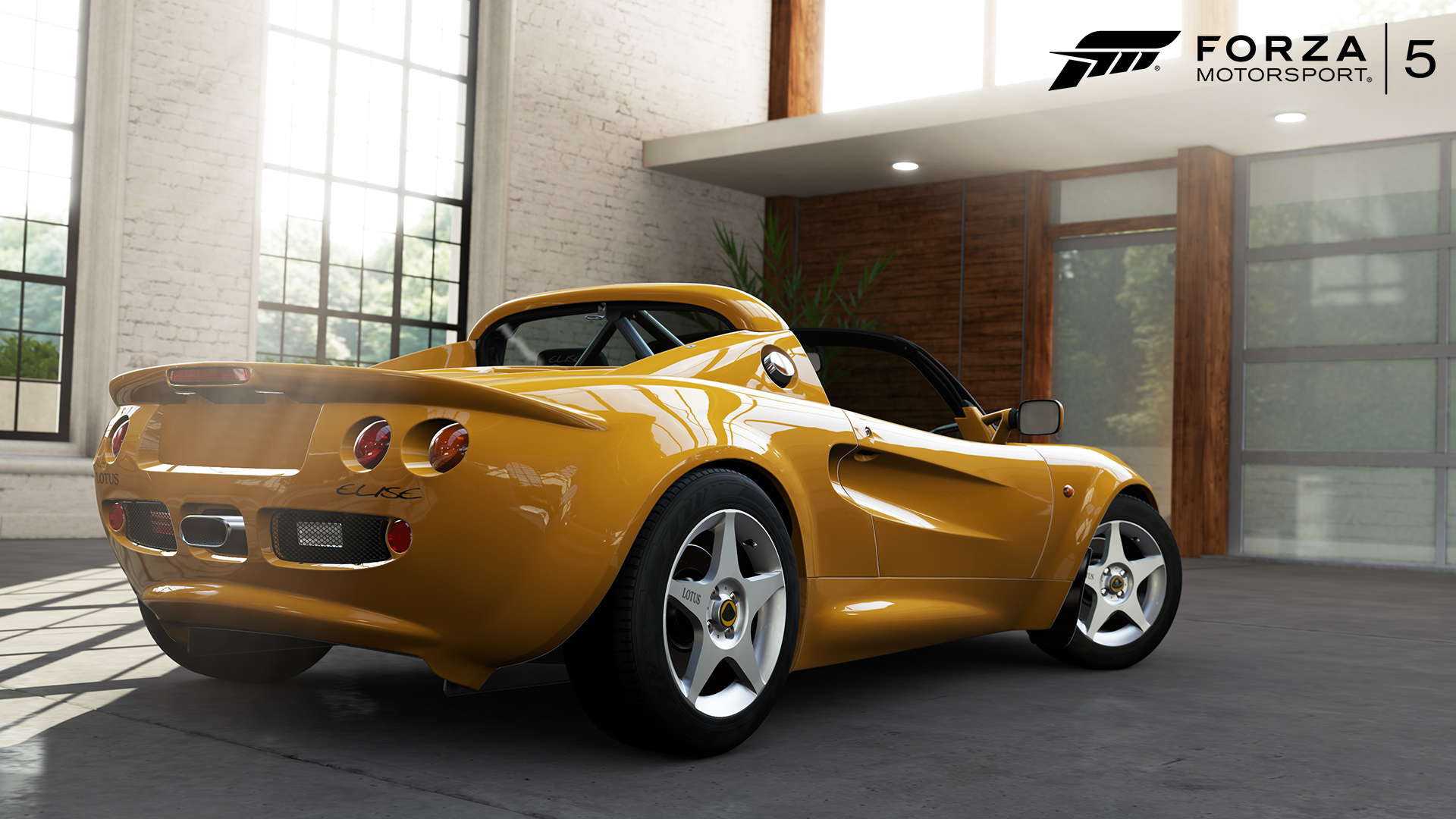
1999 Lotus Elise Sport
The original Elise was so lightweight that the run-of-the-mill Rover engine, barely wheezing out 118 horsepower, was more than enough to allow the Lotus to embarrass much more powerful sportscars. Corners? Forget about it, the Elise makes go-karts look like land barges. So when Lotus snagged the (very British-sounding) Very High Performance Derivative version of the K-series engine from the Rover parts bin to create the limited production Sport, the resulting 192 horsepower output in the bantamweight chassis had the effect of turning the insanity up to 11. When you told a Lotus dealer that you wanted a Sport (or presented a regular-spec car for conversion), it set Lotus’ highly-skilled race technicians a-flutter, hand-modifying the Elise with competition-ready componentry like a roll bar, thin-shell race seats, and of course suspension and brake upgrades. The result is breathtaking; it’s a very small car that can do very big things, like dash to 60 mph in just 4.3 seconds. While that’s impressive, just like the Sport’s less burly Elise siblings, its forte is lateral acceleration. That means the twisties are its natural habitat, and you’ll quickly understand why Lotus’ commitment to “adding lightness” has given them the reputation for making some of the best-handling cars around.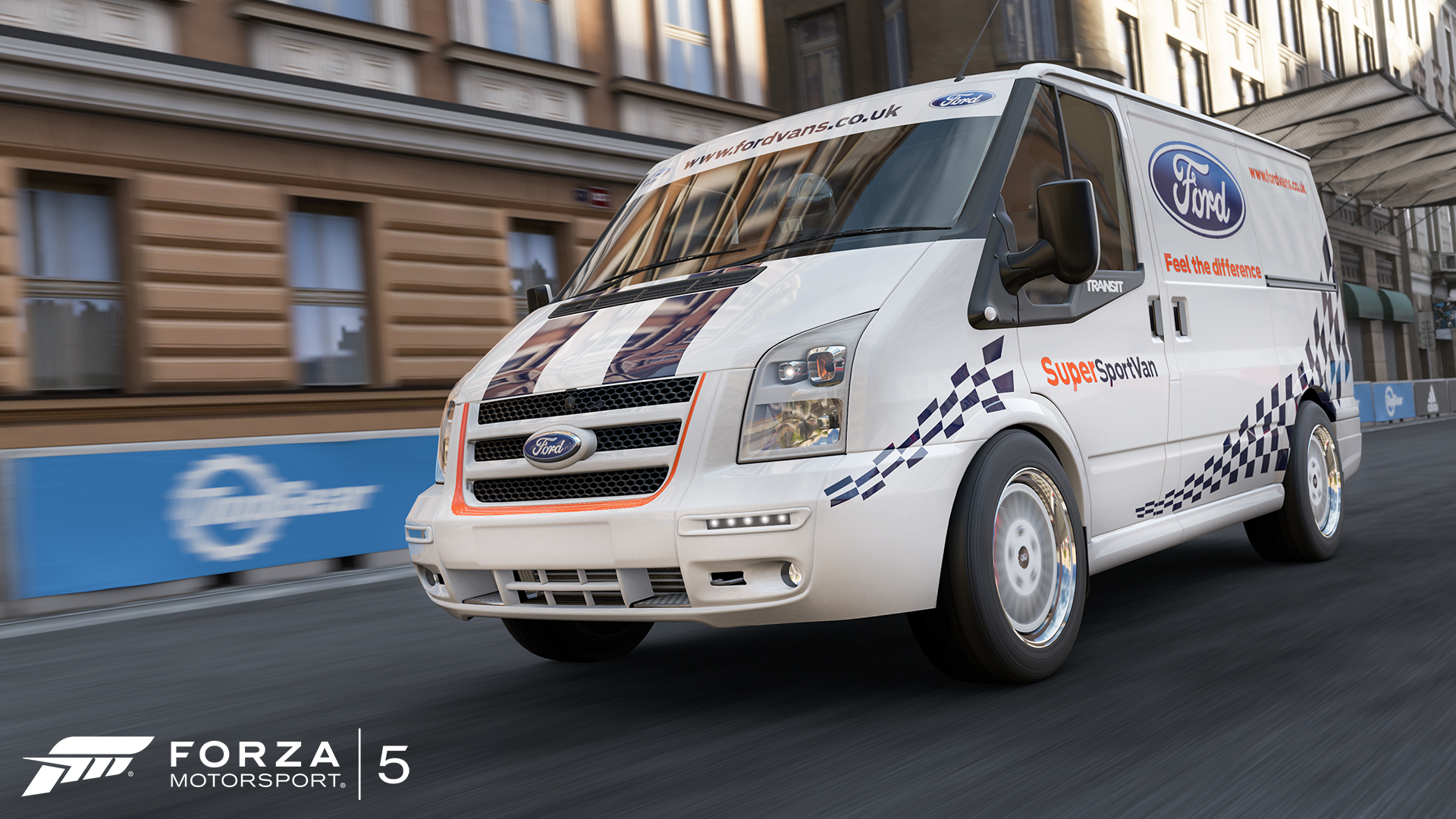
2011 Ford Transit SuperSportVan
The SuperSportVan is the latest creation in a long-standing series of Ford-built custom transit vans dating back to 1971. The first one, the Transit Supervan was based on the Ford GT40 and could reach 150 mph. A later version, the 1984 Supervan II, was built with a Cosworth racing engine and hit a speed of 178 mph at Silverstone. The 2011 Ford Transit SuperSportvan is a bit tamer and dons Le Mans bonnet stripes and an eye-catching livery on the outside. Inside is the 3.2-liter, 198-horsepower Duratorq TDCi engine taken from the much larger Transit Jumbo. What’s the point? It’s a one-off design to show that Ford engineers can have fun too, and it was unveiled at the 2011 Commercial Vehicle Show in Birmingham, UK. It also presents a vast canvas for designs and further customization for Forza Motorsport 5 fans.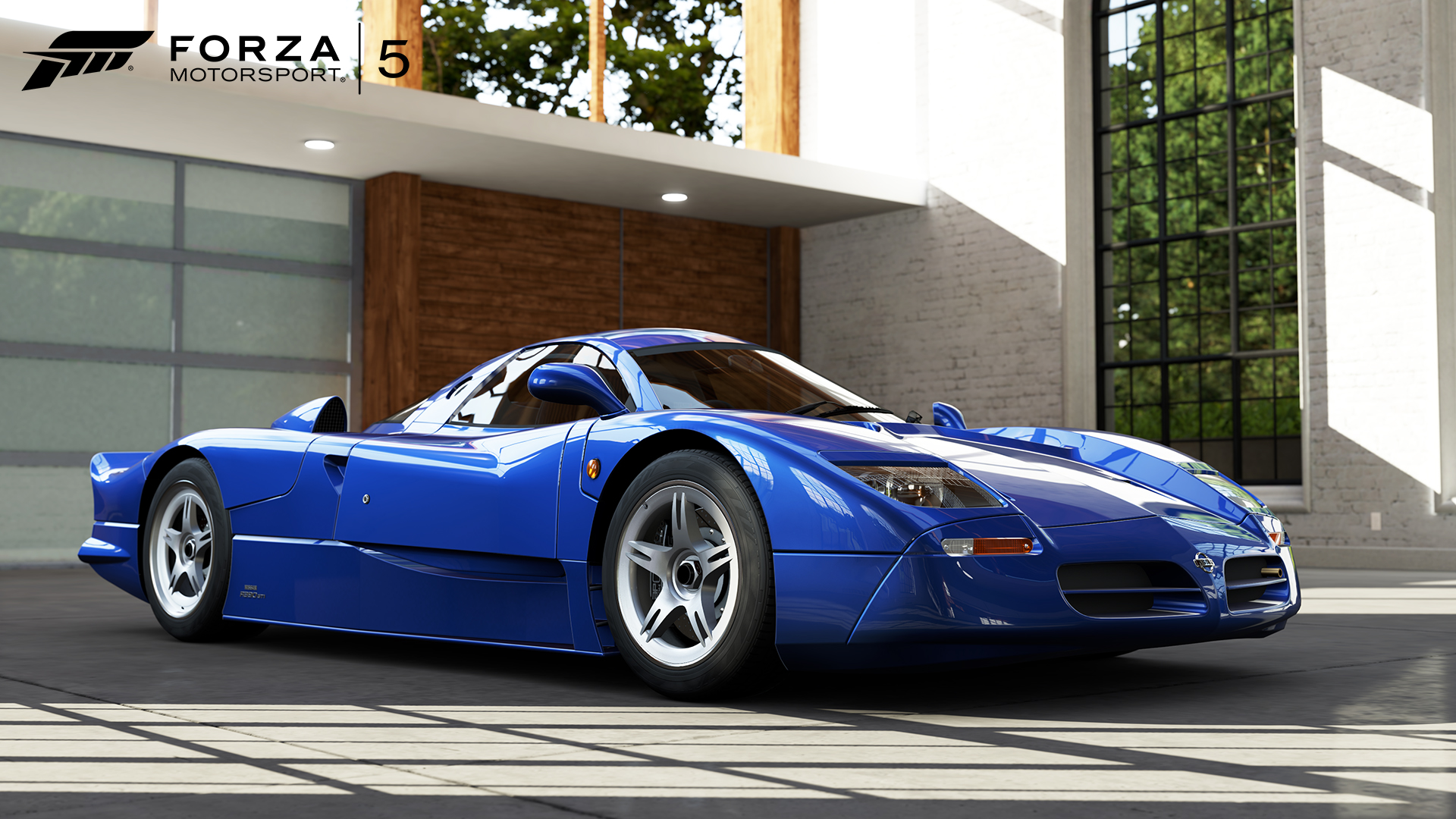
1998 Nissan R390
Nissan says this is a road car, and maybe that’s technically true. You may be familiar with this car’s evil twin, the R390 GT1 Le Mans GT1-class racer. These twins aren’t so different, really: the R390 is just like its pure Le Mans racer stablemate, with mufflers and turn signals thrown into the mix — incidentally, the front headlights are pulled from its little sibling, the 300ZX — so it’s hard to imagine a worse car for grabbing groceries in. But it’s truly road-legal, at least in Japan and some European countries. It also looks stunning, thanks to bodywork by Ian Callum, who’s rightly famous for his gorgeous Aston Martin and Jaguar designs, among others. As for the rest, that’s where the racing technology really comes into play. The body and chassis are fully carbon-fiber, the gearbox is sequential, and the aerodynamics are optimized for extremely high speeds, which are attainable thanks to a 3.5-liter Nissan V8 emboldened by a pair of turbochargers to the tune of 550 horsepower. Considering the imposingly long R390 only weighs a bit more than 2,200 lbs., that’s plenty to make the R390 not only the fastest Nissan in absolute terms, but also the most expensive, at a cool $1 million new.
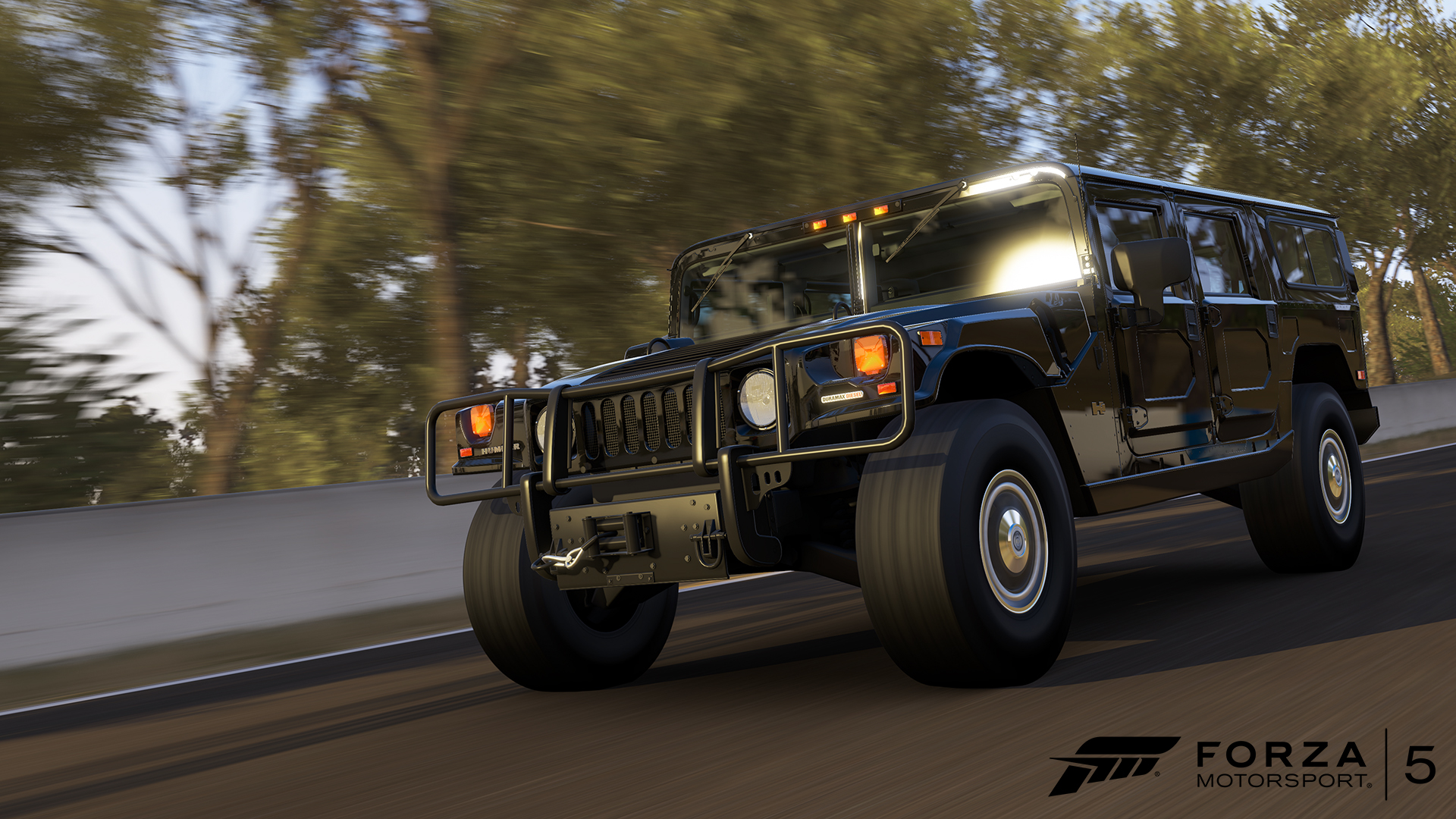
2006 HUMMER H1 Alpha
The Hummer owes as much to actor and former Governor of California Arnold Schwarzenegger as it does to its militarized predecessor, the High Mobility Multipurpose Wheeled Vehicle. While the capable “Humvee” proved itself in the Desert Storm conflict, Schwarzenegger and others loudly campaigned for a civilian version to be sold to the public. The two events pushed the Hummer into production, and its success brought it to the attention of General Motors, who produced the original Hummer as the H1. The Alpha is an improved H1, ditching the molasses-slow GM diesel for a much quicker (by comparison) Duramax intercooled turbodiesel. The swap adds a much-needed 95 horsepower, giving the H1 Alpha a reasonable 13-second run to 60 mph. While it won’t terrify any sportscar in a drag race, that’s enough power to make the H1 Alpha a much more livable on-road proposition. 2006 was the last year for the H1, while the rest of the Hummer brand soldiered on for a few more years before off-roading into the sunset in 2010.
2008 Subaru Impreza WRX STi
This hooligan may be dressed down slightly from the 2007 WRX STi, but it still has menacing grip and enough turbo boxer-induced grunt to make even the most sedate owner turn into an instant raceboy. More than 300 horsepower in this little wagon and Subaru’s notoriously awesome all-wheel-drive system can make the WRX STi tractor-like in slippery conditions. An adjustable differential that directs power to the front or rear wheels also gives the STi versatility to carve corners or drift in four-wheel, tire-smoking glory. As with any Subie, there’s enough quirkiness to ensure your individuality remains intact while you destroy the more run-of-the-mill imports from Japan. Whether you are looking to run with the upscale European sports cars or beat up on American Muscle, the WRX STi is a ride with enough versatility, drivability, guts, and style to ensure the rear bumper is all the competition is accustomed to seeing.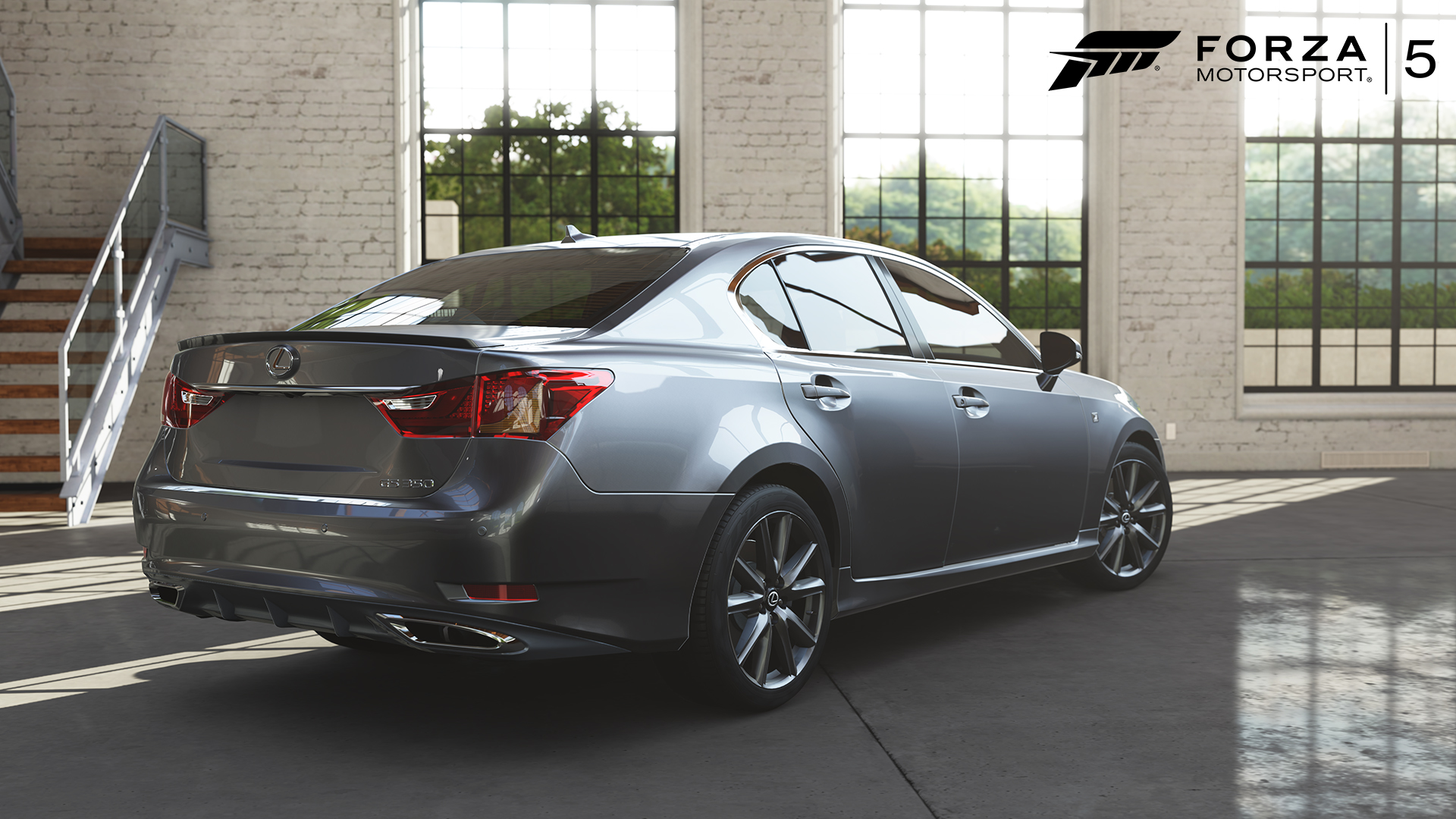
2013 Lexus GS350 F Sport
In the Lexus GS350 F Sport, luxury and refinement are cast strongly enough to compete with the Germans. Regardless of whether most Lexus customers will more than likely be driving at the posted limits on their way to and from the country club, the GS350 F Sport is a capable sport sedan. Rear-wheel drive and 306 naturally-aspirated horsepower make this car a kick in the pants. Driven aggressively, the GS350 can utilize its firmer suspension and larger front-brake rotors to raise your adrenalin levels or it can serenely transport its passengers in comfort and security. It’s really about the potential to excite, and the GS350 F has excitement in spades.
